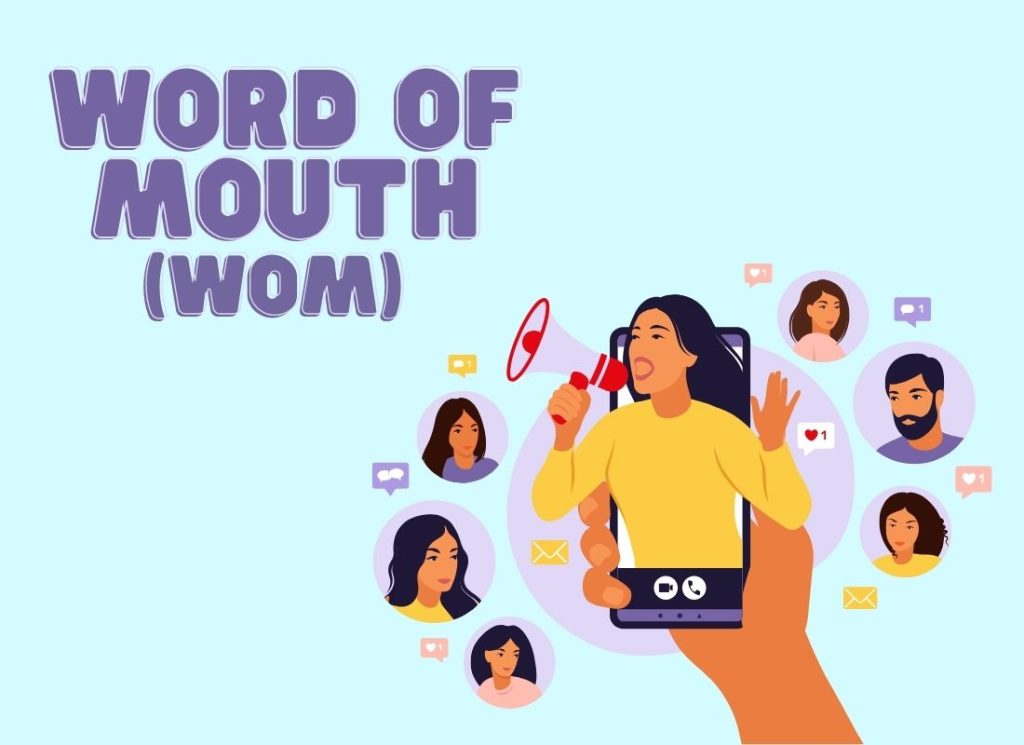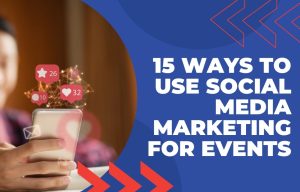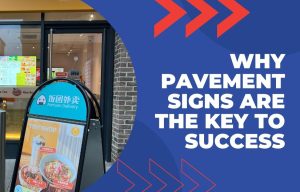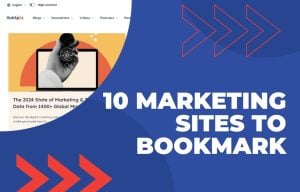
Word of Mouth has long been a successful marketing tool that generates visibility for brands. The momentum it can generate for a brand has been widely covered in books such as The Tipping Point by Malcolm Gladwell and studies by Michael Trusov outlining the cyclical nature of word of mouth. This blog will explore what word of mouth is and how it fits into todays virtual age.
What is Word of Mouth?
Word of mouth (WOM) is the process by which individuals tell each other about a product or service from a particular brand. It comes in many forms, for example in-person conversations, blogging or even online reviews. This can be a positive form of communication as people often like to share their good experiences and provide recommendations to others. However, word of mouth can include negative perceptions or experiences of a brand.
Why is Word of Mouth important?
WOM is critical for brands as it is seen as highly authentic and trustworthy. 88% of people trust recommendations from people they know, over any other form of advertising. Additionally, 97% of B2B buyers believe user-generated content on review sites or forums are more credible than other online content. Positive or negative WOM on these types of websites can be the difference between a sale or an abandoned cart.
How can I encourage Word of Mouth?
Although word of mouth is primarily customer-controlled, there are a few ways brands can encourage positive WOM. Below we’ve outlined a few of the most effective methods.
Trade Shows and Exhibitions
One highly effective way to establish valuable connections and promote WOM is by participating in trade shows and exhibitions. These events provide an opportunity to interact directly with audiences. However, how can you ensure that the connections made at these events translate into long-term relationships and brand awareness?
A key strategy is to take control and deliver a high-quality experience to visitors at your stand. This goes beyond simply showcasing your product or service. It involves engaging the audience and building a genuine rapport. By offering a well-rounded experience, you may encourage your audience to share their positive experience with others, driving organic WOM long after the event.
Additionally, it’s also beneficial to adopt a more direct approach to leverage your presence at these events. Try asking customers at your exhibition stand to follow your social media accounts to view brand updates, special offers or product highlights.
Online Reviews
Online reviews on reputable websites like Trustpilot are crucial as they play a key role in shaping consumer perceptions and influencing buying decisions. A strong collection of positive reviews builds brand credibility, especially for new or smaller brands, helping them stand out in competitive markets.
Many consumers rely on online reviews to inform their buying decisions. Positive reviews act as brand endorsements, boosting confidence in potential customers.
You can invite customers to leave an online review where they can share all elements of their experience with your brand. This can be done in person after a sale, over email in receipt confirmations or via social media. Whilst its best practice to encourage reviews, you should steer away from incentivising positively-skewed reviews as this takes away from their authenticity.
At Discount Displays we openly invite reviews over on our Trustpilot as we love hearing about our customers’ experience with us. Positive or negative, online reviews are valuable for learning what we are doing well or how we need to improve an area of our service.
Social Media WOM
Word of Mouth and social media often go hand in hand. Many individuals (Especially influencers) take to their favourite social media platform to showcase their experience with particular brands, whether its a positive or negative one. The instantaneous nature of social media allows for fast sharing of opinions, making it a powerful tool.
Statistics show that 83% of customers are willing to refer a brand after a positive experience, however, only 29% act on this. This highlights the importance of having a well-rounded strategy for capitalising on social media WOM. However, brands can’t rely on customer goodwill to spread the word – a proactive approach is needed to encourage customers to share their experience.
To leverage social media WOM, aim to build a close knit community with people that are willing to showcase their positive experiences to their following. This can be done by creating brand content that is interactive and fun, or by promoting current product offers and deals.
In summary, Word of Mouth is a powerful and authentic form of marketing where individuals share their experiences with a brand, either in person or online. It can significantly impact a brand’s reputation as positive WOM boosts credibility and drives sales. Building strong relationships and offering value can motivate customers to share their experiences and promote your brands products organically.




